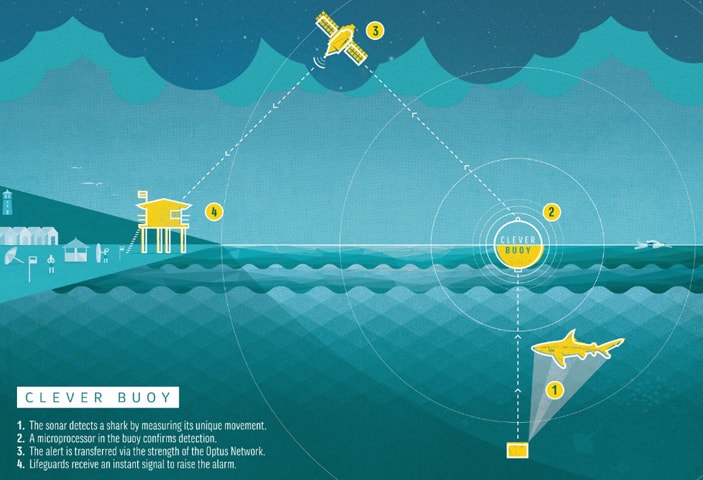The Rise and Rise of PR
When the pandemic struck, many ad agencies laid off staff. In the UK, the ad industry shrank by 10.8%, according to the Institute of Practioners in Advertising. By contrast, PR agencies lost comparatively fewer people. I have seen a figure of just one percent. Now that the whole marketing communications sector has bounced back, PR is bouncing particularly high.
Why?
The first explanation is that advertising sucks. It is not just that there is too much of it but that, more often than not, it is irrelevant, careless and crass. Irrelevant in that though precise targeting is now possible, marketers cannot be bothered. Google data suggests that only three percent of digital campaigns are personalised to the audience they are aimed at. In other words, 97% of the people who are served an ad are not interested in it. If the ad was charming or intriguing, they might forgive the intrusion but since 99% of all online ads are witless, they do not. That is what I mean by careless. The brand managers responsible could not care less that their ads are witless and even offensive.
When I speak at conferences and ask marketers who have ad-blockers installed on their devices to raise their hands, at least 50% of the audience does so. Now that is crass; to be part of an industry that is so objectionable, you object to it yourself. The thing about PR is that it is not interruptive, as advertising is. Brands insinuate themselves into the appropriate media context. Their messages are disguised as stories. If the story is dull or obtuse, the editor will spike it. Why risk annoying your readership or viewership with material they will not enjoy?
As the editor of Directory magazine, I am unlikely to accept a piece about how John Deere have replaced the hydraulic components of their tractors with an electric power path.
On the other hand, I am likely to be interested in The Furrow, the magazine John Deere has been producing since 1895, and which was brilliant content marketing long before content marketing became a thing.

Influencer Marketing: PR by Another Name
Influencers know what a delicate balance it is between being paid to endorse a product and killing their own brand. They will not simply repeat, parrot-fashion, what the brand owners want them to say. They have to adapt the message to their own content and style.
The result is even if it does look like advertising, it is presented in a way that is intelligent and appropriate. Even entertaining. One of my personal favourites of a brand working harmoniously with influencers to get its message across was Snickers. To engage with F2Freestylers’ 13 million subscribers, they persuaded the soccer vloggers to make a video in which their skills were really bad (because you’re not you when you’re hungry). Please note, Snickers did not use mass media, yet were still able to reach a significant number of young people.
This is, of course, the essence of PR, which I define as the targeted telling of a positive brand story in unpaid or earned media. Since influencer marketing is set to be worth $16.4 billion in 2022, (as per Hub.com) and was worth $25 million in Pakistan in 2021 (Profit Pakistan). If you are Zaid Ali T., Shahveer Jafry or Romaisa Khan this is good news. Their prices are going up. Vloggers charged 27.5% more in 2020 than in 2019. It seems the pandemic was good for influencers.
They were regarded as friends in a time of need. Fifty percent of advertisers allocated more budget to them at the expense of traditional advertising and were rewarded if HypeAuditor research is to be believed, with increased engagement and increased sales. This is the second reason for the rise of PR. The increased accountability. Gone are the days when Lord Leverhulme could complain, “I know half my advertising works, I just don’t know which half.”
Today, if a CMO can’t explain to her CEO or CFO what she has been spending their money doing, she ceases to be a CMO fairly rapidly. Equally, if the CEO or the account director of a PR agency cannot explain the numbers to her, they soon lose her business. You can see the incentives. Why do you think PR is growing at a compound annual rate of 11.1%? It works. And, in these curious times, it seems to be working better than many of the alternatives. Accordingly, the industry is becoming more professional. There is more strategy, more creativity and more measurement than ever before.
Don’t Say You’re Clever. BE Clever
If you read the case studies of the winners at Cannes Lions, which I do, harmless drudge that I am, you will note that in the ‘Outcome’ section, agencies almost always brag about the media impressions achieved. A billion impressions are not uncommon. Take ‘The Whopper Detour’ for Burger King, which won Gold Lions in Direct and for Mobile. The submission starts thus: “During the nine-day promotion, ‘The Whopper Detour’ garnered 3.5 billion media impressions.”
In other words, PR made it. It certainly made the awards entry. It has become something of a cliché to note that brands today communicate in what they do rather than in what they say. Don’t say you are technologically advanced. Be cutting-edge. Journalists used to go out looking for stories. Now they sit at their laptops combing the internet. If a brand has done something interesting, something cool, hey, even something cutting-edge, they will get onto it and share it. The key is that word ‘interesting’. PR only works if the story captures the imagination.

Example: A few years ago, Optus, an Australian telco, repositioned themselves as a technology brand. They went to their ad agency, M&C Saatchi, who, interestingly, did not come up with an idea for an ad campaign but for a PR campaign. Working with Google’s ZOO team in APAC, they created a prototype of Clever Buoy, a system that used both the camera and the audio tech in a smartphone to detect sharks off the beaches. They made a video for YouTube about it. Wrote a press release to get journalists and influencers to talk about it. And then went to the pub. Even though mosquitoes kill more Australians than sharks do, the story became big news. Six months later, brand tracking studies showed significant hikes in unprompted awareness of Optus as a technology company.
There you have it, the paradigm of modern brand communication. A problem identified and a solution actually constructed and tested. Then a film created and a press release written to tell the story, which countless people then told each other. No wonder there are so few entertaining and engaging TV commercials today. Creativity has moved on.
Patrick Collister is Editor, Directory magazine. He is former ECD and VC, Oglivy & Mather .
partrick@creative-matters.com




Comments (0) Closed